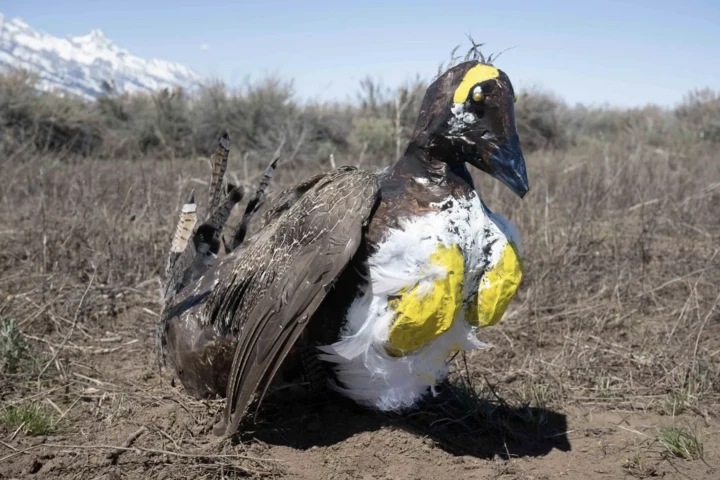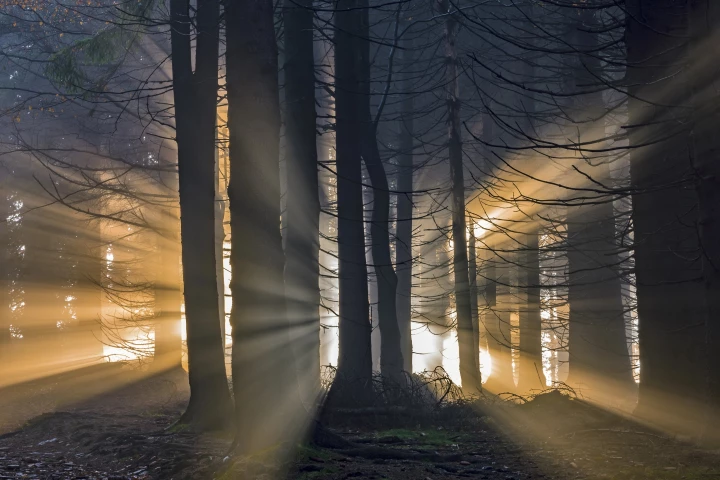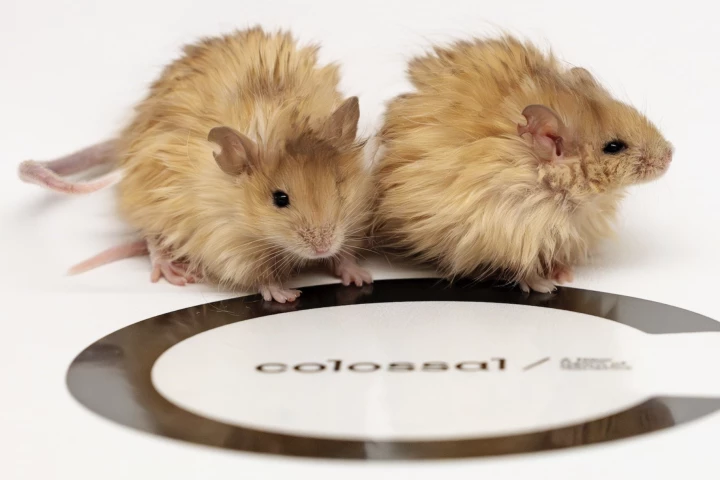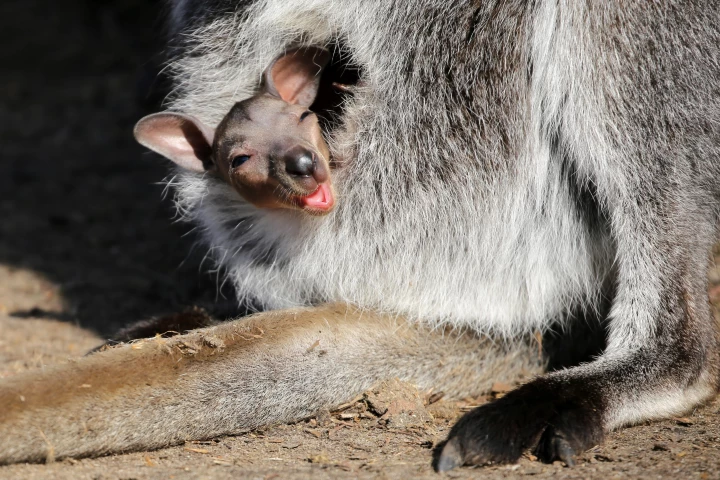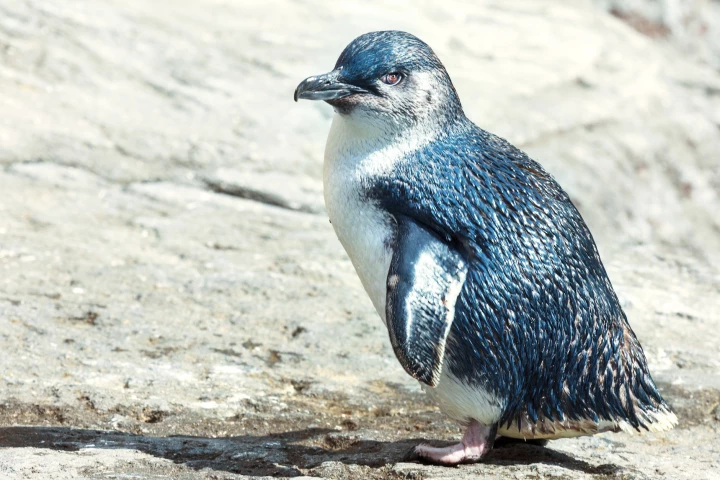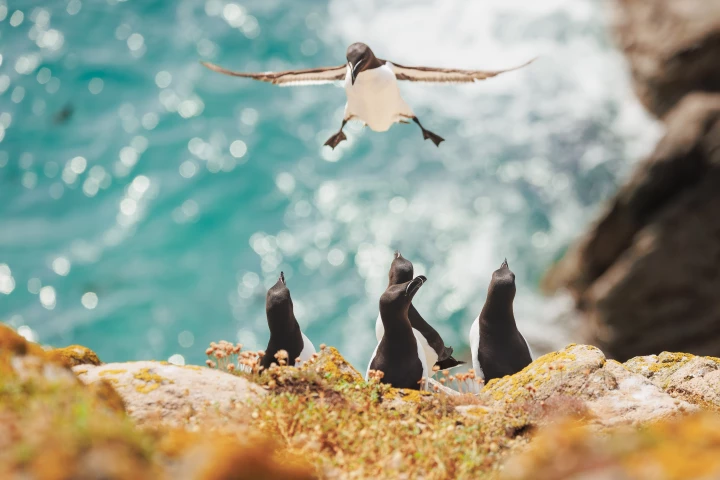Conservation
-
Drawing parallels with other species, not naming names, the voices of female frogs are being drowned out by their much louder and boisterous male counterparts – so much so we don't know how nearly 99% of the ladies even sound.
-
Life-sized papier-mâché birds are popping up in Wyoming's Grand Teton National Park, and they're quite a sight. By this we mean a sight you wouldn't want to see on a night hike. But there's more to these greater sage-grouse models than meets the eye.
-
Back in 2014, we heard about a so-called "salmon cannon" that safely shot spawning fish up over river-blocking obstacles such as dams. Its successor has since entered use, recently allowing herring to bypass a spillway for the first time in 80 years.
-
Remarkable research has unlocked new understanding of the mysterious ways trees communicate and share knowledge – and much like in the animal kingdom, the wisdom of age plays a key role. In fact, you may never look at a tree in the same way again.
-
The quest to resurrect the woolly mammoth has taken another step forward, with the creation of the Colossal Woolly Mouse. The lab-made rodents have been genetically altered to possess key physical traits of the extinct beasts – in fur and fat, at least.
-
Scientists have created the first kangaroo embryo by in-vitro fertilization, which is a landmark moment for pouch-toting marsupials. Years in the making, it's a massive step in future-proofing hundreds of species facing imminent extinction.
-
A 13-year study of tiny penguins in Australia has dispelled the long-held myth that these seabirds mate for life, with the 'divorce rate' nearly 10 times that of the current statistics for US adults. And, not surprisingly, it all comes down to kids.
-
Whales are not only the biggest animals on the planet, but they’re among the longest-lived, too. A new analysis reveals that right whales can live for more than 130 years, almost twice as long as previously thought.
-
Most of us are familiar with the vest-clad beagle that hunts for illegal fruits and plants in the travelers' luggage at airports. Now, a species of giant pouched rat has been trained to fulfill a similar role in finding illegal wildlife products.
-
At a time when we could do with a laugh, we present a pick of images that have made the shortlist in the 2024 Nikon Comedy Wildlife Awards. From clumsy birds to dramatic insects, these photos capture moments that happen often but we rarely get to see.
-
The first-ever video of a blue whale nursing her calf has been released, as well as stunning footage of the species' intimate interactions. It's the first time these famously elusive animals have had their personal lives captured in this way.
-
No-one has seen the Yellow-crested Helmetshrike for about 20 years. That changed when researchers embarked on a six-week expedition in the Democratic Republic of the Congo and captured the dramatic-looking yellow-topped bird in its first-known photo.
Load More

